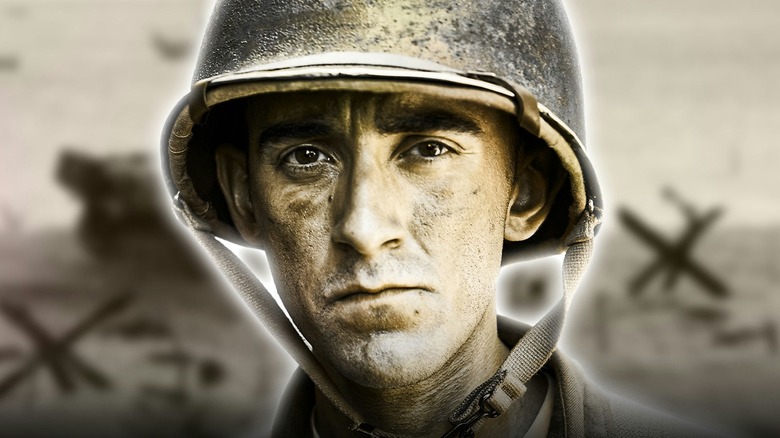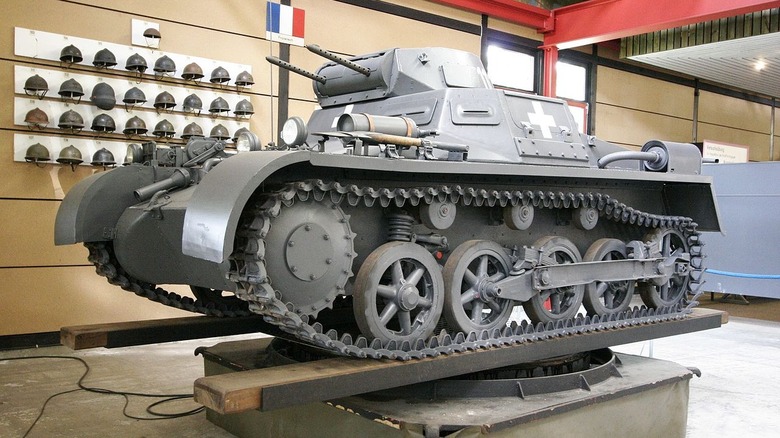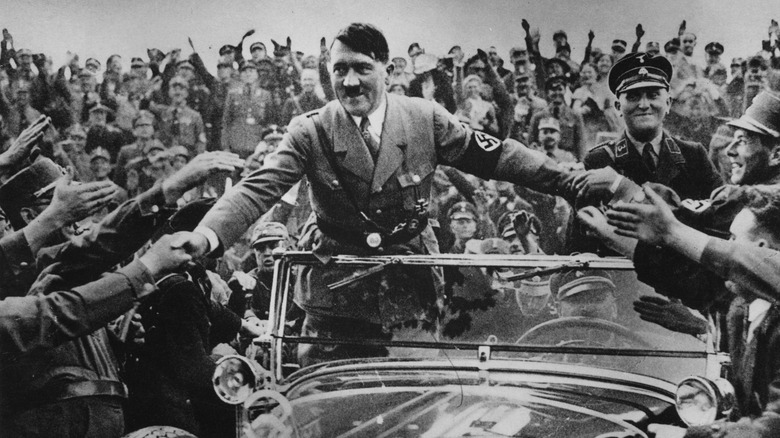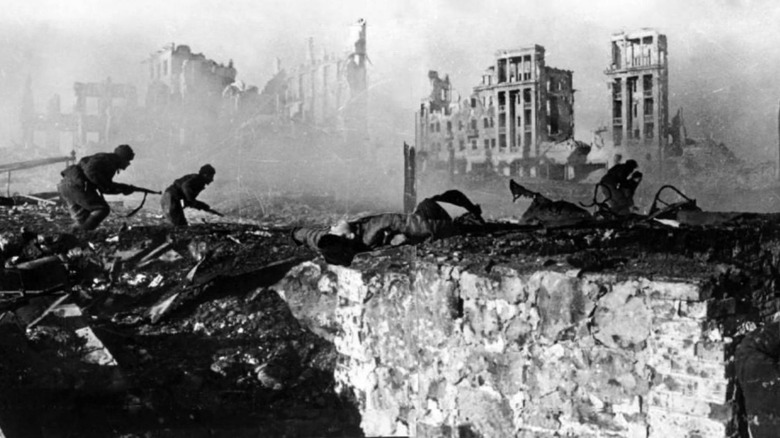Why World War II Was So Much Worse Than World War I
Humanity has been fighting wars since the dawn of time. Although they weren't any less awful, ancient wars had a limited scope. They were fought using more primitive weapons that for centuries consisted mainly of arrows, spears, and blades, and produced fewer casualties. Ancient wars were also localized. It was one group or nation against another, with battles fought in specific places unless the purpose was invasion.
World War I was the first war ever to have something like a truly global scale. It was fought in Europe, Africa, the Middle East, and Asia, with about 30 nations declaring war at one point or another (via Imperial War Museums). It caused the loss of millions of lives, but it also ended with the Germans' surrender; they agreed to withdraw their forces from occupied territory (via BBC).
While World War I was bad, World War II eventually became the deadliest conflict in history. It was also the most expensive war ever fought. Over 70 nations were involved and the civilian death toll was greater than in any armed conflict ever before or since. World War II also saw atrocities and carnage on a scale that had never been experienced before. The bombing of cities killed thousands and thousands within minutes, and the political and economic consequences of the war continued for decades (per The Guardian). By the time World War II ended, it had forever changed the nature of war.
In WWII, weapons were bigger, louder and a lot more deadly
World War I was largely a trench war. This means infantry often picked up a spot, set up artillery and machine guns and dug trenches to protect their soldiers. The enemy did the same on the other side. In between the two there was usually a large wasteland — open space which soldiers would have to cross in attacking the enemy lines. Some of the biggest battles of World War I were fought this way. While tanks and early airplanes were also in use, they weren't the core of the fighting (via The National WWI Museum and Memorial).
By the time World War II started, artillery and machine guns were far more powerful and deadly. Airplanes, tanks, and submarines also played a big part in the conflict. The Germans used the world's first jet-powered fighter aircraft (the Messerschmitt Me 262) and the 88 Acht-acht (flak) anti-aircraft and anti-tank artillery gun. The 88 could destroy a target up to 200 yards away, and during Operation Battleaxe alone destroyed 90 British tanks and killed nearly 1,000 men (per Ancient History Lists).
But the biggest difference between the two wars was nuclear weaponry utilized toward the end of World War II. In the United States, research started under the Manhattan Project as a response to German scientists working on nuclear weapons themselves. In the end, it was the United States that would drop the only two atomic bombs ever used in war (via History).
Then there were the Nazis
The worst thing to come out of World War II is, without a doubt, Hitler. Despite all the destruction and death that World War I caused, WWII brought the world Hitler, the Nazis, and one of history's most wide-spread acts of genocide.
Ironically, Adolf Hitler served in the Bavarian Army himself during World War I. He not only volunteered, but he was highly decorated for his service. According to The International Encyclopedia of the First World War, Hitler's time in the military helped shape his later political career and served as inspiration for what the thought the future of Germany should look like.
Hitler is best known for his deliberate planning of the "Final Solution," the organized persecution and killing of million of people during World War II. In addition to murdering 6 million Jews, Nazi Germany's racial policy also sent 5 million Roma, homosexuals, Soviet prisoners of war, and Jehovah's Witnesses to concentration camps and to their deaths (via The National WWII Museum).
Under Hitler's watch, Nazi Germany embarked in a campaign to "cleanse" the country, authorizing doctors and geneticists to carry out all kind of macabre experiments and mass sterilization programs. Josef Mengele, the chief doctor at Auschwitz-Birkenau, was involved in over 70 medical research projects between 1939 and 1945, many including children (via the United States Holocaust Memorial Museum).
The toll of World War II was enormous
By the time World War I ended, it had become the bloodiest war in the history of the world. As reported by Britannica, the deadliest day of the war resulted in over 57,000 British soldiers losing their lives during the Battle of the Somme. In total, there were 8.5 million military casualties and potentially 14 million civilian deaths by the end of the war. An additional 21 million were wounded and 7.7 million ended up as prisoners of war or missing, according to Britannica.
The casualties in World War II were much higher. Over 15 million died in battle — nearly double the number from World War I — and 25 million were wounded. Additionally, World War II resulted in over 45 million civilian deaths. The Soviet Union lost a horrendous portion of its population — 24 million people, military and civilians combined (per The National WWII Museum).
The two nuclear bombs detonated over Hiroshima and Nagasaki killed over 200,000 people, of which more than half died instantly as the bombs exploded and leveled parts of the city. There is no exact number regarding the many who died over the following months from radiation exposure (via History).
The aftermath of World War II was also catastrophic. Britain was in major debt, the Soviet Union was dealing with widespread starvation, and Japan spent decades rebuilding the destruction caused by atomic fallout. Much of Europe had been occupied by the end of the war and many cities had been reduced to ash and rubble.



